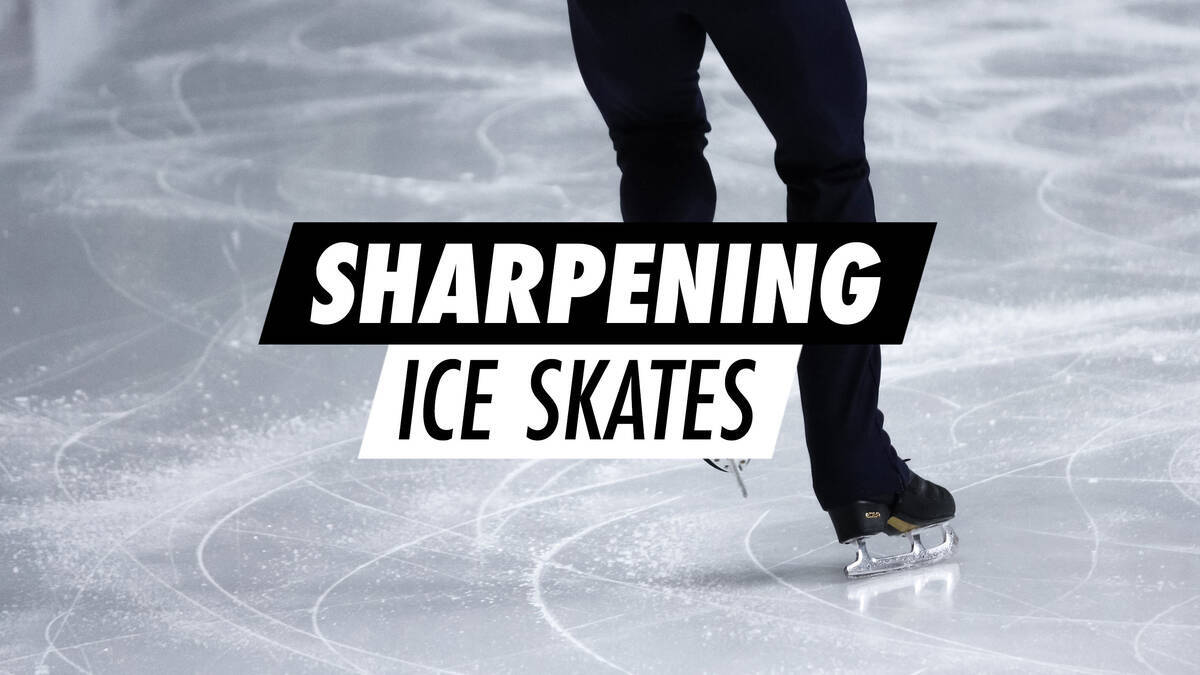Understanding the Essentials of Ice Skate Sharpening

Whether you are a hockey enthusiast, a figure skater, or someone who relishes recreational skating, the sharpness quality of your ice skates is crucial to your performance. This guide aims to introduce you to the essentials of ice skate sharpening.
Overview
Determining the Sharpening Frequency for Ice Skates
The frequency with which ice skates should be sharpened varies based on several variables. Consider these factors that affect how often sharpening is required:
- Quality of the ice: Softer ice tends to dull blades more swiftly
- Weight of the skater: Heavier skaters might require sharpening more regularly
- Style of skating: Abrupt stops and starts can lead to quicker blade wear
- Material of skate blade: Certain materials retain an edge for longer periods
For those who enjoy tracking statistics, maintaining a skating log to monitor your ice time and sharpening intervals can help determine your ideal sharpening frequency.
Indicators for Sharpening Ice Skates
There are various motives for sharpening ice skates, and here are the most predominant ones.
Brand New Ice Skates
Factory-fresh ice skates do not receive adequate sharpening during manufacturing, and the initial sharpening delivered at the factory often falls short of professional standards. Consequently, it is strongly advised to have your new skates professionally sharpened. At SkatePro, this service is available as an additional option when acquiring ice skates.
Blunting of Blades
With use, blades naturally become dull. The rate at which this occurs is influenced by your skating technique and maintenance routine. Blunt blades can greatly hinder performance by affecting balance and overall skating efficiency.
Routine Maintenance Sharpening
Portable skate sharpeners are excellent for maintaining blade sharpness between formal sharpening sessions. While they extend the lifespan of your blade’s sharpness, they should not replace professional sharpening services. Such tools are particularly useful if you find it challenging to access professional skate sharpening facilities.
The Fundamentals of Ice Skate Blades
Ice skate blades are intricately designed to perform distinct functions on the ice—they are not just simple strips of metal.
Here are four key principles necessary to understand the importance of sharpening ice skate blades:
- Rocker: The curvature extending from the front to the back of the blade
- Radius: This measures the curve, commonly ranging from 7-13 inches for hockey skates
- Hollow: The concave channel along the bottom of the blade
- Edge: Where the hollow meets the sides, these serve as the contact points with the ice
Distinguishing Figure Skate Blades from Hockey Skate Blades
Ice skate blades generally fall into either the hockey or figure skate categories, differentiated by length, rocker, and presence of a toe pick.
- Figure skate blades: Feature a flatter shape with toe picks
- Hockey skate blades: Have a more pronounced curve and lack a toe pick
Advanced skaters in both categories realise the importance of small variations in blade design, such as edge profile and hollow radius, which contribute considerably to performance. At SkatePro, we strictly offer standard skate sharpening services.
Material of Blades
Modern blades are primarily constructed from either high-carbon or stainless steel, with some top-tier variants offering:
- Nickel-plated steel for enhanced resistance to corrosion
- Titanium-coated blades for increased durability
- Ceramic-infused steel ensuring long-lasting sharpness
